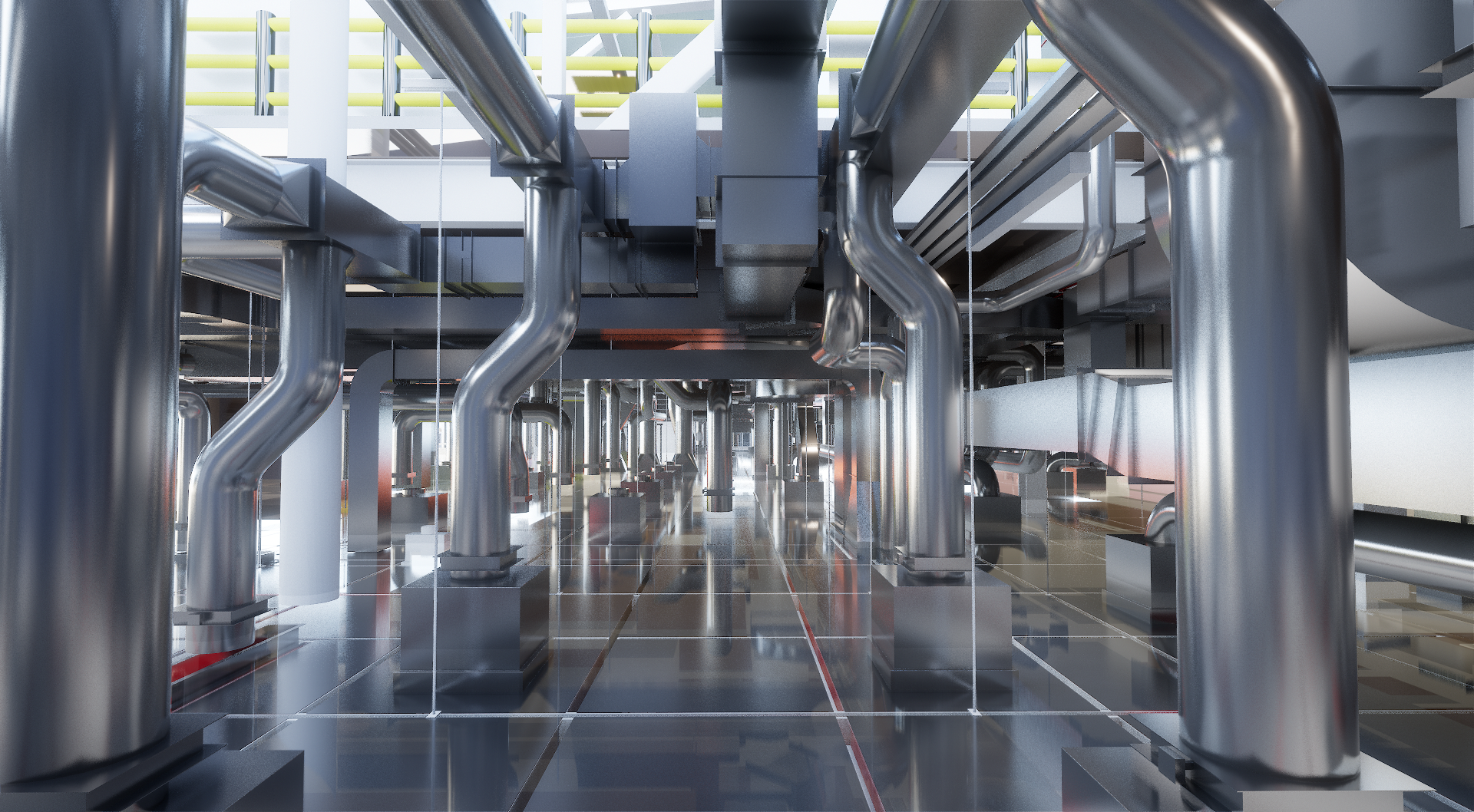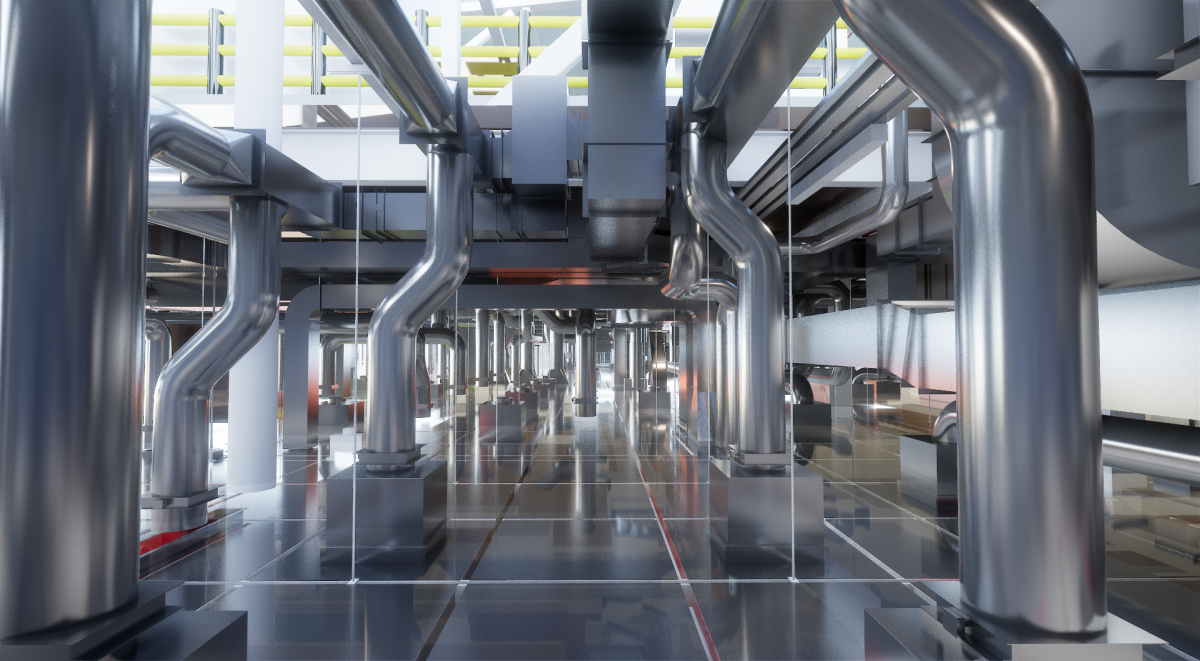The key reasons behind the specification of offsite technology to deliver GSK’s project, particularly the MEP services, was the need to guarantee quality in a highly serviced manufacturing environment, which must also adhere to strict and highly regulated standards, set out by the pharmaceutical sector for organisations operating globally. This meant that a high degree of co-ordination and collaboration would be paramount and choosing offsite manufacturing from the outset would ensure this.
Further to this was GSK’s desire to replicate the aseptic manufacturing facility elsewhere in the world. Colin Driver, project manager, GSK said: “This is a flagship project for global investment. The idea is to replicate the design globally on secondary sites, building in the flexibility within individual modules, but also future-proofing the design for at least 10-20 years without the risk of drug regulatory impact, hence reducing future design costs.”
Using offsite technology meant that project partners including shell & core contractor McLaughlin and Harvey, Turner & Townsend who provide cost & commercial management and SES Engineering Services as specialist building services contractor, which was directly appointed by GSK, could be engaged at the project’s inception and apply offsite manufacturing principles, prefabrication and BIM to best effect.
For the more complex and high-risk areas of the project, virtual reality technology was used, permitting all stakeholders to interact with spaces and steer the design process. The use of VR ensures the design of these areas is analysed and the potential for use of offsite products is fully explored.


